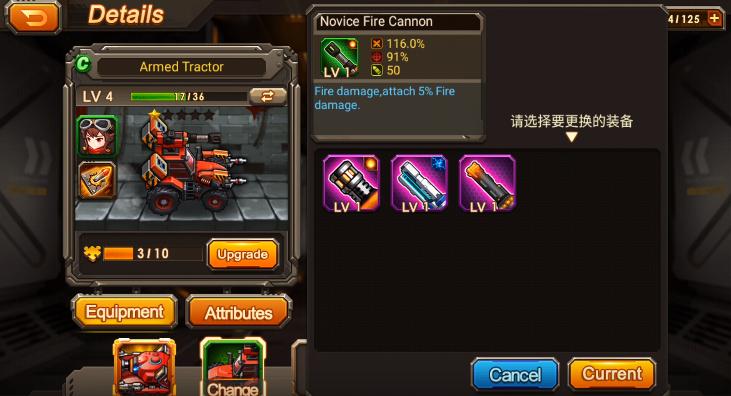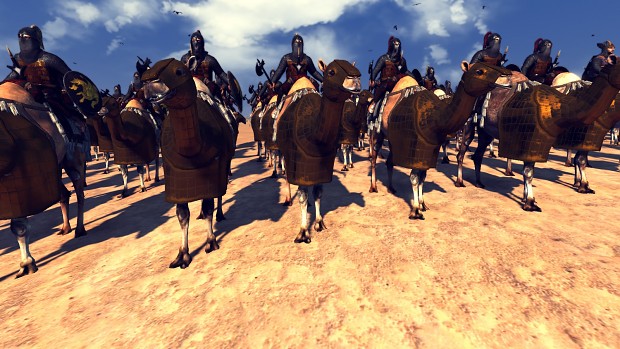
In a third register, he presides over some of the events of the aftermath of battle, including animal sacrifices, libations and the building of a tumulus for the dead soldiers. The other side depicts the king of Lagash, Eannatum, heading a tightly packed infantry unit on foot in the top register in the second register, he leads another infantry unit from a wheeled vehicle (the part with the animals again not surviving). One side shows the god Ningirsu having captured his enemies in a net and, in a register below, probably the same god in his divine vehicle (the part with the animals pulling it has not survived). Both sides of the stele are carved, but unfortunately only preserved in fragments. The stele relates to a border dispute between the two city-states of Lagash and Umma in the third millennium BCE, and it records this dispute in both image and inscription. The Standard of Ur, British Museum 121201Īnother early example of donkeys fighting as part of chariot-teams comes from the so-called ‘ Stele of Vultures’.
Chariots of war trainer drivers#
On the lowest register, they are right in the midst of battle, trampling enemies and with soldiers and drivers in the wagon itself. On the ‘War’ side, we can see wheeled vehicles (sometimes called battle wagons) pulled by a team of four equids – probably either donkeys or the hybrid equids known as kungas. It has two large panels of decoration, the ‘Peace’ side and the ‘War’ side. The Standard of Ur, found in a wealthy tomb in the so-called Royal Cemetery at Ur is dated to the Early Dynastic III period (mid-third millennium BCE). Some of the earliest evidence of this in Mesopotamia comes from the visual material – plaques, inlays, seals, sealings and the famous Standard of Ur. The most striking way that animals occur in war is as part of battle. What follows is a small window into how war affected human as well as nonhuman animals in ancient Mesopotamia.Īnimals fighting and dying alongside humans in war Death, abandonment, injury, displacement, loss of home, family and friends are some of the things faced by victims of war, both human and animal. The devastation to human lives and the countries where war takes place can hardly be overstated.

With over 10 years of war and unrest in Syria, and now a new war in Ukraine, this seems a good time to pick up on this topic and look at the role of and impact on animals. It is difficult to put words on the tragedies of war – the loss of lives, the displacement, the violence and the many years of trauma that follow. I do so with the serious but important topic of war. If with all your hearts, you truly seek me, you shall ever surely find me." If you commit yourself to the love of Christ, then that is how you run a straight race.After a long time focussing on a new job, a new country, and developing other parts of the website, it is finally time for another blog entry. Jesus said, "Behold, the Kingdom of God is within you. And where does the power come from, to see the race to its end? From within. Everyone runs in her own way, or his own way. So who am I to say, "Believe, have faith," in the face of life's realities? I would like to give you something more permanent, but I can only point the way.

But how long does that last? You go home.

You experience elation when the winner breaks the tape - especially if you've got a bet on it. It requires concentration of will, energy of soul. I want to compare faith to running in a race. But I want you to do more than just watch a race. Who said it? "You came to see a race today.


 0 kommentar(er)
0 kommentar(er)
